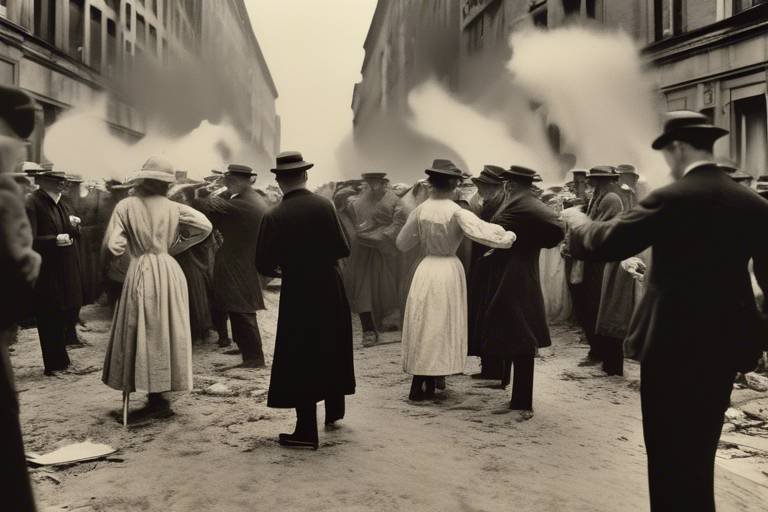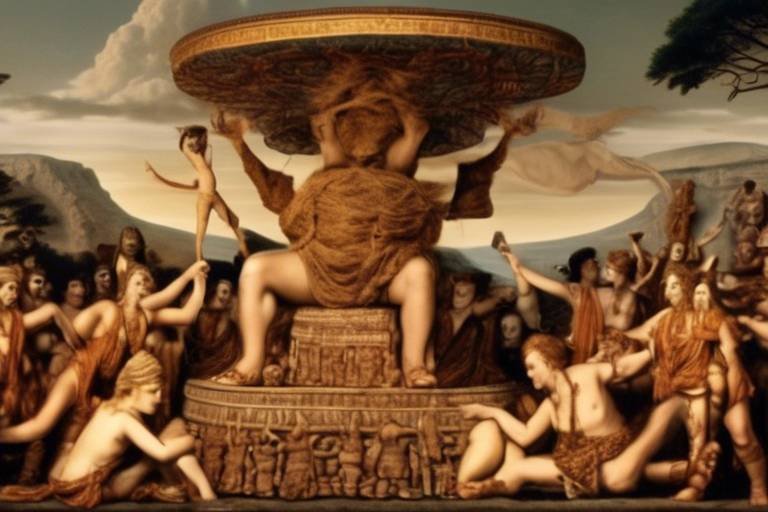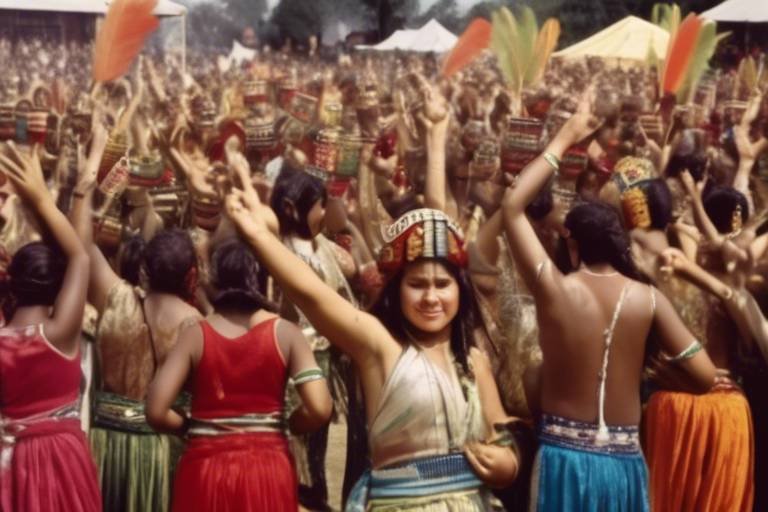The Legacy of the Roman Empire in Contemporary Culture
The legacy of the Roman Empire in contemporary culture is a testament to the enduring influence of one of the most powerful civilizations in history. From architecture and engineering innovations to legal systems and governance, the impact of ancient Rome can be seen in various aspects of modern society. Roman contributions have shaped language, literature, art, urban planning, mythology, religion, technology, social hierarchies, and economic systems, leaving a lasting imprint on the cultural landscape of today.
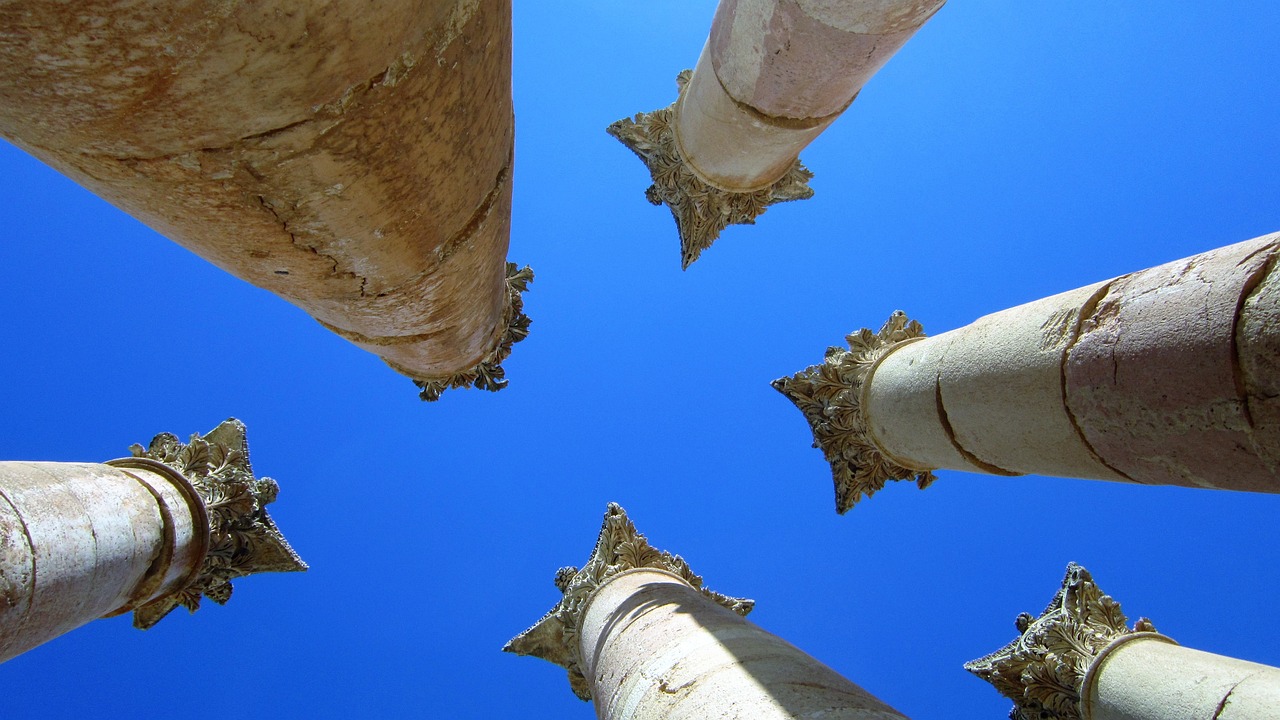
Architecture and Engineering Innovations
The architectural and engineering innovations of the Roman Empire continue to leave a lasting impact on contemporary culture. From the grandeur of the Colosseum to the intricate aqueduct systems, Roman construction and design have influenced modern architecture worldwide. The Romans were pioneers in engineering feats, shaping skylines and infrastructure that stand as a testament to their ingenuity and craftsmanship.
One of the most remarkable legacies of Roman architecture is the development of the arch and dome structures, which revolutionized building techniques and allowed for the construction of monumental structures like the Pantheon. These innovations have been echoed in modern architecture, with buildings such as the United States Capitol in Washington D.C. showcasing Roman-inspired design elements.
The Roman engineering prowess extended beyond monumental buildings to include sophisticated road networks, bridges, and sewage systems. The famous Roman roads, known for their durability and strategic layout, laid the foundation for modern transportation infrastructure. The concept of urban planning and efficient use of space in Roman cities like Pompeii and Ostia Antica also influenced contemporary city design principles.
Moreover, the Romans were masters of utilizing concrete as a building material, a technique that revolutionized construction methods and allowed for the creation of enduring structures. The enduring legacy of Roman architectural and engineering innovations can be seen in the blend of ancient techniques with modern technologies, creating a harmonious fusion of the past and the present in architectural marvels around the world.
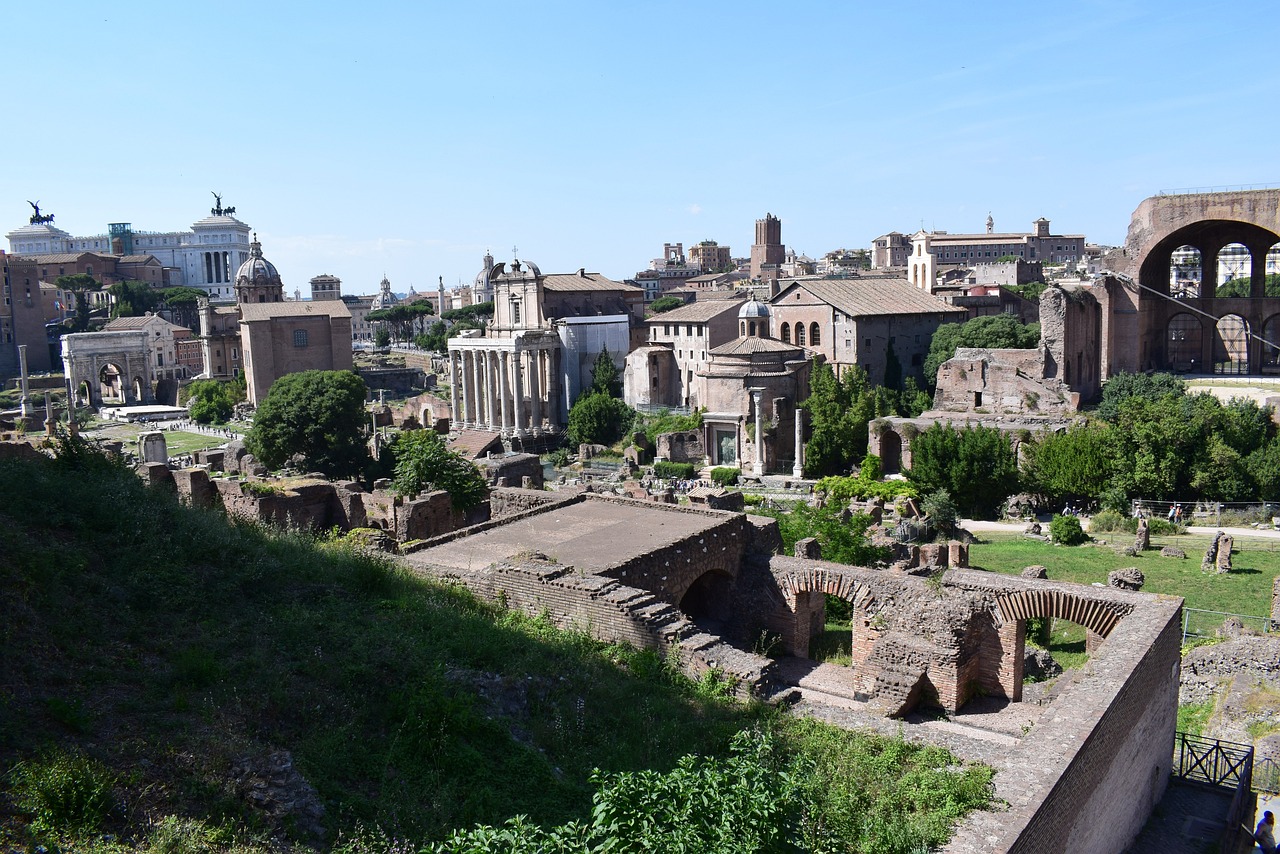
Legal Systems and Governance
When delving into the realm of legal systems and governance, the enduring influence of the Roman Empire becomes strikingly apparent. The foundations laid by Roman legal principles and governance structures continue to echo through the corridors of contemporary legal systems and political institutions. The concept of rule of law, a cornerstone of modern democracies, finds its roots in the Roman legal framework.
One of the most notable legacies of Roman governance is the establishment of a codified legal system, where laws were written down and applied uniformly to all citizens. This practice of creating laws that are transparent and accessible to the public is a fundamental aspect of modern legal systems worldwide. The principles of justice that the Romans upheld, such as the right to a fair trial and the presumption of innocence, have transcended time and are enshrined in legal systems globally.
Moreover, the Roman concept of citizenship and the rights and responsibilities associated with it have had a profound impact on contemporary notions of citizens' rights and participation in governance. The idea of representative government and the division of powers among different branches of the state can be traced back to Roman political structures.
By examining the Roman legacy in legal systems and governance, we gain a deeper understanding of the evolution of law and politics. The Roman Empire's meticulous attention to legal detail and the establishment of enduring governance structures have left an indelible mark on the fabric of modern societies.
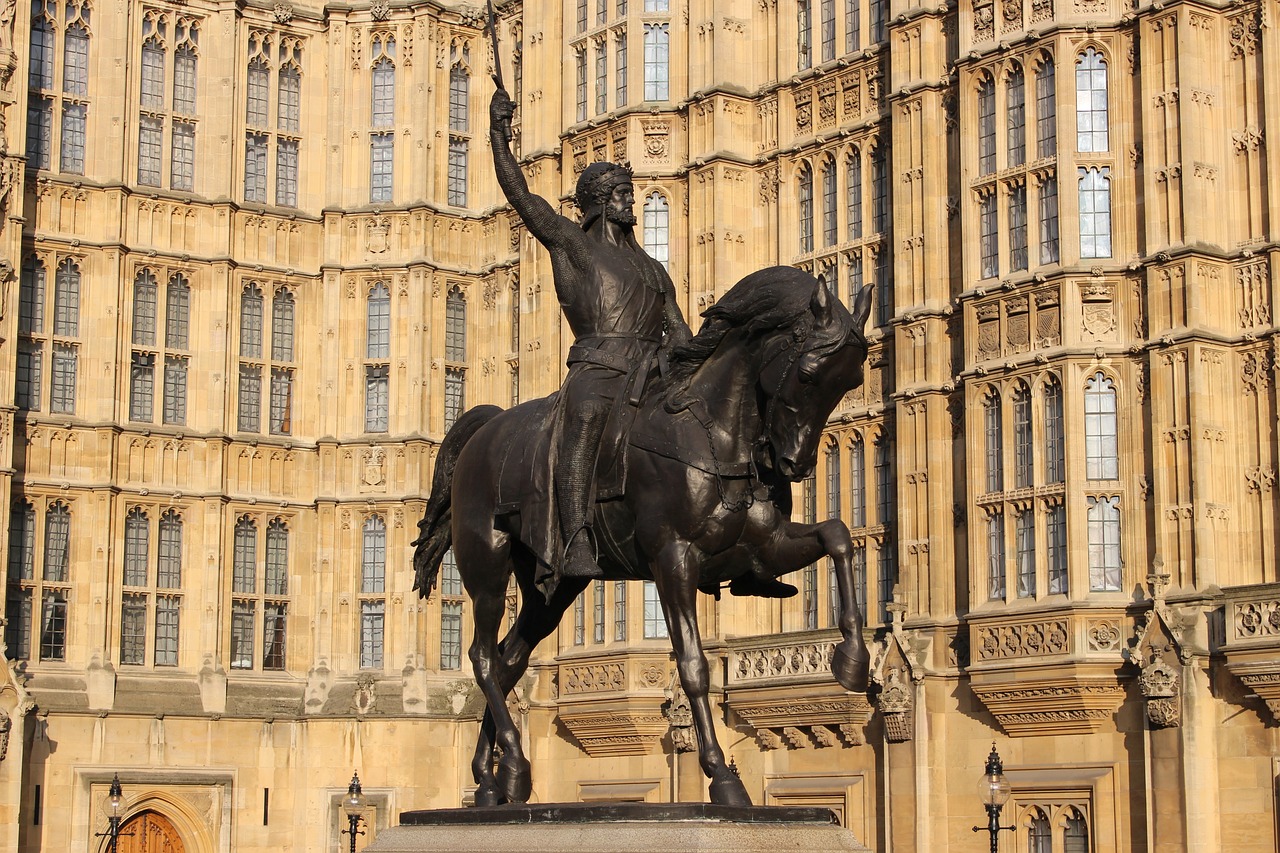
Language and Literature Influence
Language and literature have always been powerful tools for communication and cultural expression. When delving into the legacy of the Roman Empire, it becomes evident that the influence of Latin language and classical Roman literature is profound and far-reaching. Latin, once the language of the empire, has left an indelible mark on modern languages, literature, and rhetoric.
Many English words and phrases have direct roots in Latin, showcasing the enduring impact of Roman linguistic contributions. From legal terminology to scientific nomenclature, the echoes of Latin can be heard across various fields of study and everyday conversations. The elegance and precision of Latin have shaped the development of language in profound ways.
Moreover, classical Roman literature, including the works of Virgil, Cicero, and Ovid, continues to inspire contemporary writers and thinkers. The themes of love, power, betrayal, and heroism explored in Roman literary masterpieces resonate with audiences today, transcending time and cultural boundaries. The influence of Roman storytelling techniques and narrative structures can be observed in modern literature, enriching the tapestry of literary expression.
Furthermore, the art of rhetoric, honed by Roman orators such as Cicero, has left a lasting imprint on persuasive communication strategies. The principles of effective argumentation, organization of ideas, and emotional appeal championed by Roman rhetoricians remain relevant in modern debates, speeches, and written discourse.
In the realm of education, the study of Latin and classical Roman literature continues to be valued for its intellectual rigor and historical significance. By engaging with the language and literary works of ancient Rome, students gain insights into the foundations of Western civilization and the evolution of literary traditions.
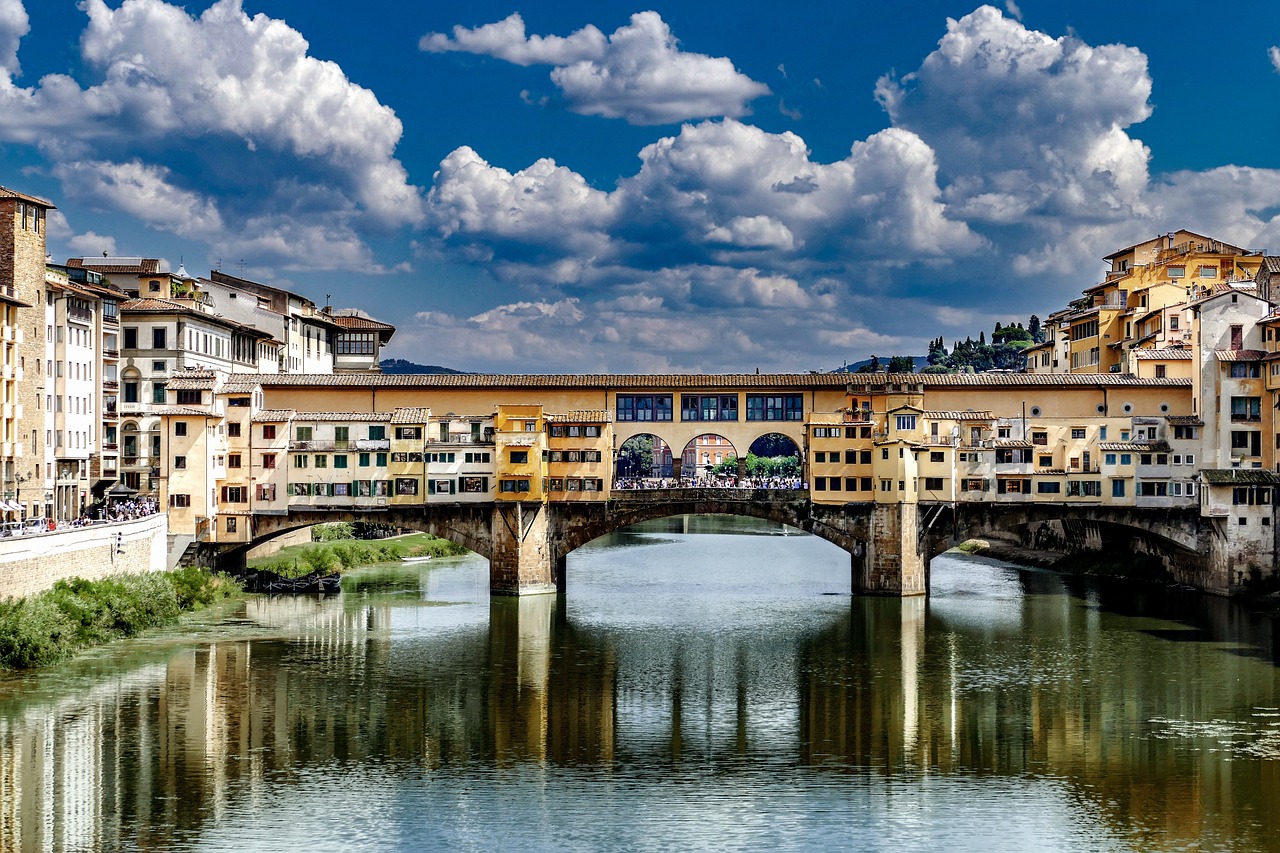
Art and Iconography in Modern Art
Art and iconography from the Roman Empire continue to leave a lasting impression on modern artistic expressions. The influence of Roman artistic styles, motifs, and symbols can be seen in various forms of contemporary art, reflecting a timeless aesthetic appeal that transcends centuries. The intricate details and grandeur of Roman sculptures, mosaics, and frescoes have inspired artists around the world to incorporate elements of Roman art into their own creations.
One notable example of Roman iconography in modern art is the use of classical motifs and symbols in paintings, sculptures, and even digital art. The enduring popularity of Roman gods and goddesses, such as Venus and Mars, continues to captivate audiences and infuse a sense of classical beauty into contemporary artworks. Artists often draw inspiration from Roman mythology and historical events, reimagining them in a modern context to create visually stunning pieces that pay homage to the rich artistic heritage of the Roman Empire.
Moreover, the influence of Roman iconography extends beyond traditional art forms and into popular culture. From fashion design to graphic novels, elements of Roman art and symbolism are seamlessly integrated into various creative mediums, adding depth and sophistication to modern interpretations. The iconic imagery of Roman architecture, such as the Colosseum and the Pantheon, serves as a source of inspiration for architects, designers, and artists seeking to evoke a sense of grandeur and timelessness in their works.
In essence, the legacy of Roman art and iconography in modern art is a testament to the enduring power of visual storytelling and artistic expression. By drawing upon the rich artistic traditions of the Roman Empire, contemporary artists continue to pay tribute to the past while pushing the boundaries of creativity and innovation in the present.

Urban Planning and City Design
Urban planning and city design have been significantly influenced by the innovative concepts developed during the Roman Empire. The Romans were pioneers in creating organized and structured cities that catered to the needs of their inhabitants. Their meticulous planning and design principles have left a lasting impact on contemporary urban landscapes around the world.
One of the key aspects of Roman urban planning was the establishment of grid-based street layouts. This design feature, characterized by straight roads intersecting at right angles, not only facilitated efficient transportation and navigation but also allowed for systematic expansion of cities. Many modern cities still adhere to this grid pattern, showcasing the enduring influence of Roman city planning.
In addition to street layouts, Roman cities were known for their sophisticated infrastructure, including aqueducts, sewer systems, and public baths. These engineering marvels provided essential services to residents and contributed to the overall well-being of the population. Today, modern cities continue to prioritize infrastructure development based on the principles established by the Romans.
The concept of public spaces and amenities was also central to Roman city design. From forums and marketplaces to amphitheaters and temples, Roman cities were designed to accommodate various social, cultural, and religious activities. This emphasis on creating communal spaces for interaction and engagement has influenced modern urban planning practices that aim to foster community cohesion and connectivity.
Furthermore, the Romans integrated elements of nature into their urban environments, incorporating green spaces, gardens, and public parks within city limits. This harmonious blend of urban development and natural elements aimed to enhance the quality of life for residents and promote a sense of well-being. Today, the incorporation of green spaces in urban planning reflects the enduring legacy of Roman design principles.
In conclusion, the legacy of Roman urban planning and city design can be observed in the structured layouts, infrastructure developments, public spaces, and integration of nature in contemporary cities worldwide. By studying and adapting the innovative concepts introduced by the Romans, modern urban planners continue to create sustainable, livable, and vibrant cities that resonate with the timeless principles of Roman urban design.

Mythology and Religion Adaptations
When delving into the realm of mythology and religion, one cannot overlook the profound impact of ancient Roman beliefs on modern adaptations. The rich tapestry of Roman mythology, with its pantheon of gods and legendary tales, has woven its way into contemporary belief systems and popular culture, leaving an indelible mark on society.
The gods and goddesses of ancient Rome, such as Jupiter, Mars, and Venus, have found their way into modern storytelling, movies, and even everyday expressions. The enduring fascination with these deities speaks to the timeless appeal and relevance of Roman mythology in today's world.
Moreover, the religious practices of the Romans, with their rituals, ceremonies, and temples, have influenced modern religious traditions and practices. Elements of Roman religious ceremonies can be seen in various modern rituals, highlighting the enduring legacy of Roman religious customs.
Furthermore, the adaptation of Roman mythology and religion into contemporary culture reflects a blending of ancient wisdom with modern sensibilities. This fusion creates a dynamic cultural landscape where the past and present intertwine, offering a deeper understanding of our collective heritage.
In conclusion, the mythology and religion of the Roman Empire continue to inspire and influence the beliefs and practices of people around the world, showcasing the enduring power of ancient stories and traditions in shaping the cultural fabric of today's society.
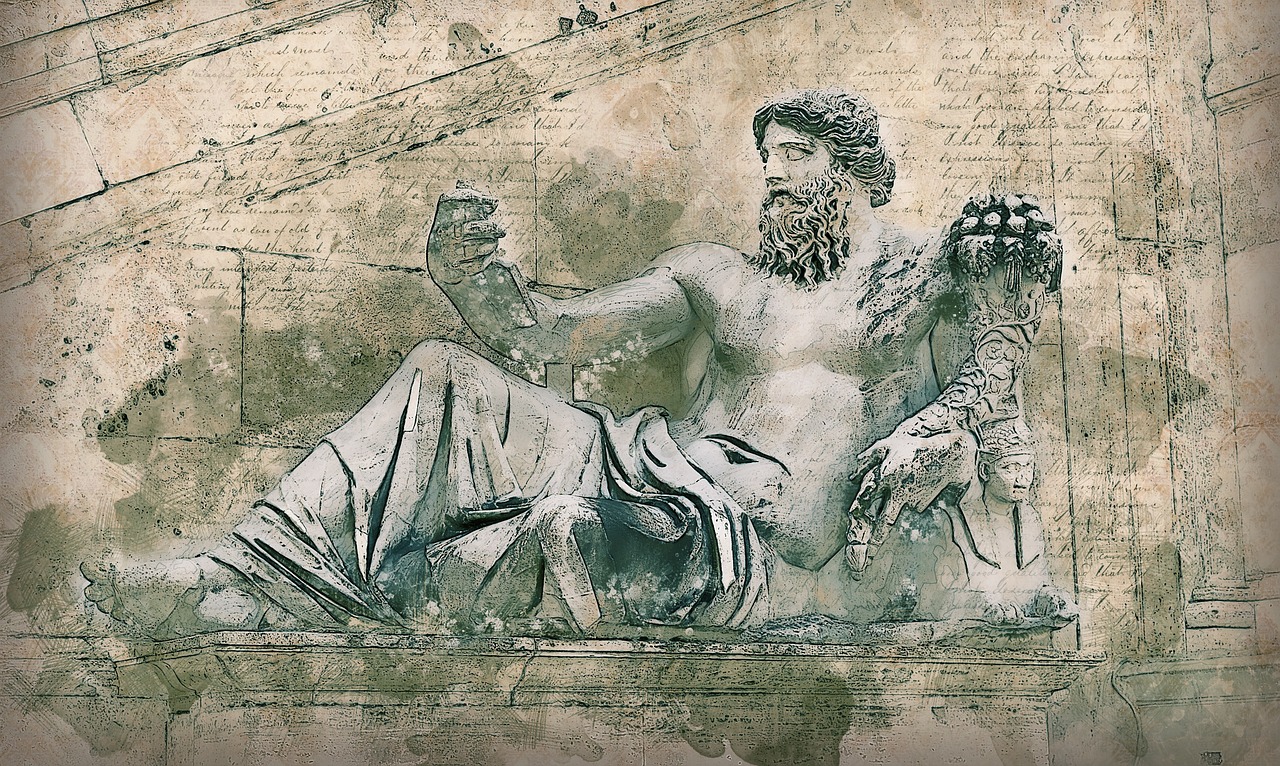
Technological Advancements and Innovations
When we delve into the technological advancements and innovations of the Roman Empire, we uncover a treasure trove of ingenuity that has left a lasting mark on the modern world. The Romans were not only skilled builders and conquerors but also pioneers in various fields of technology. From sophisticated aqueduct systems to revolutionary military engineering, their innovations continue to influence our lives today.
One of the most remarkable Roman technological achievements was the development of aqueducts. These elaborate structures, designed to transport water over long distances, showcased the Romans' expertise in engineering and architecture. The aqueducts not only supplied water to cities and towns but also facilitated the growth of urban centers and supported the burgeoning population.
Furthermore, the Roman mastery of road construction revolutionized travel and communication. The construction of an extensive network of roads, such as the famous Appian Way, facilitated the movement of troops, goods, and information across the vast expanse of the empire. This infrastructure laid the foundation for modern road systems and transportation networks, highlighting the foresight and innovation of the Romans.
In the realm of military technology, the Romans were renowned for their advanced weaponry and fortifications. The development of siege engines, such as ballistae and catapults, enabled them to conquer and defend vast territories. Additionally, the construction of fortified walls, like the iconic Hadrian's Wall, showcased their strategic prowess and engineering skills, influencing military tactics for centuries to come.
Moreover, the Romans made significant contributions to architecture and urban planning through the invention of concrete. Their innovative use of this durable building material revolutionized construction techniques, allowing for the creation of monumental structures like the Colosseum and the Pantheon. The enduring legacy of Roman architecture can be seen in the design of modern buildings and infrastructure, embodying a timeless aesthetic appeal.
Overall, the technological advancements and innovations of the Roman Empire have left an indelible mark on contemporary society. Their ingenuity and engineering prowess continue to inspire and shape the world we live in today, serving as a testament to the enduring legacy of one of the greatest civilizations in history.

Social Hierarchies and Cultural Norms
Social hierarchies and cultural norms play a significant role in shaping the fabric of societies, both in ancient Rome and in the contemporary world. The Roman Empire established a complex social structure that influenced power dynamics, relationships, and societal expectations. From emperors and senators to slaves and plebeians, the Roman social hierarchy was stratified, defining individuals' roles and status in society.
Moreover, Roman cultural norms regarding family, honor, and citizenship have left a lasting impact on modern societies. The concept of patria potestas, where the head of the household held authority over family members, echoes in contemporary family structures and dynamics. The emphasis on virtues such as gravitas, dignitas, and virtus continues to influence notions of honor and integrity in today's world.
Furthermore, the Roman emphasis on citizenship and civic duty has shaped modern ideas of citizenship and participation in governance. The concept of civitas, encompassing rights and responsibilities of citizens, has evolved into the foundation of democratic principles and civic engagement in many countries.
When we look at cultural norms, the Roman influence can be seen in various aspects of daily life. The tradition of public baths, amphitheaters for entertainment, and communal spaces for social gatherings reflect the Roman emphasis on communal living and public engagement. These cultural practices have been adapted and integrated into contemporary urban planning and social interactions.
In terms of gender roles and societal expectations, the Roman legacy continues to impact perceptions of masculinity, femininity, and gender dynamics. The ideals of pietas, pudicitia, and fides shaped Roman attitudes towards loyalty, modesty, and trust, influencing modern concepts of relationships and ethics.
Overall, the social hierarchies and cultural norms established by the Roman Empire have left a profound mark on contemporary societies, shaping values, behaviors, and institutions across the globe.

Economic Systems and Trade Routes
When we delve into the economic systems and trade routes established by the Roman Empire, we uncover a rich tapestry of influence that still resonates in the modern world. The Romans were pioneers in creating an extensive network of trade routes that connected distant regions, facilitating the exchange of goods, ideas, and cultures. These routes, such as the famous Silk Road, not only boosted commerce but also fostered cultural exchange and technological diffusion.
Moreover, the Roman economic system laid the foundation for many aspects of contemporary global commerce. Their use of currency, taxation methods, and market regulations set a precedent for economic governance that continues to shape modern financial systems. The concept of marketplaces, banking institutions, and economic policies can be traced back to the innovative practices of the Roman Empire.
One of the key contributions of Roman trade routes was the integration of diverse regions into a unified economic network. The flow of goods, resources, and technologies along these routes facilitated the growth of cities, the development of industries, and the establishment of economic hubs. This interconnected system not only fueled economic prosperity but also promoted cultural exchange and innovation.
Furthermore, the legacy of Roman trade routes can be seen in the establishment of maritime trade routes that connected continents and facilitated the exchange of goods on a global scale. The Romans' mastery of naval technology and navigation techniques enabled them to navigate vast oceans and establish trade links with distant lands, laying the groundwork for the interconnected world we live in today.
In conclusion, the economic systems and trade routes of the Roman Empire have left an indelible mark on contemporary commerce and global trade. Their innovative practices, infrastructure developments, and economic policies continue to influence modern economic systems, shaping the way we conduct business and interact with the global market.
Frequently Asked Questions
- What is the significance of Roman architecture in contemporary culture?
Roman architecture has had a profound influence on modern construction and design, with many structures around the world drawing inspiration from Roman engineering innovations. From arches and columns to amphitheaters and aqueducts, the legacy of Roman architecture continues to shape skylines and infrastructure globally.
- How have Roman legal principles impacted modern legal systems?
The enduring impact of Roman legal principles is evident in contemporary legal systems and governance structures. Concepts such as the rule of law, justice, and civil rights have roots in Roman law, influencing the development of legal frameworks and political institutions in the present day.
- What role does Latin language play in shaping modern languages and literature?
Latin language and classical Roman literature have left a lasting imprint on modern languages, literature, and rhetoric. Many words, phrases, and literary techniques have been derived from Latin, enriching the literary landscape and preserving a connection to ancient Roman culture.
- How do Roman artistic styles influence contemporary art?
Roman artistic styles, motifs, and symbols are often incorporated into modern art, reflecting a timeless aesthetic appeal. The influence of Roman art can be seen in various forms of artistic expression, blending ancient themes with contemporary creativity.
- What aspects of urban planning reflect Roman influence?
The Roman influence on modern urban planning is evident in city layouts, public spaces, and infrastructure design. Concepts such as grid patterns, public baths, and amphitheaters showcase how ancient Roman ideas have been integrated into modern cityscapes.
- How have Roman mythology and religious practices been adapted in contemporary culture?
Roman mythology and religious practices have been adapted and integrated into contemporary belief systems and popular culture. Themes of Roman mythology often appear in literature, art, and entertainment, continuing to captivate audiences and inspire creative interpretations.
- What technological advancements of the Roman Empire have influenced modern innovation?
The technological advancements of the Roman Empire, such as aqueducts, roads, and concrete, have had a lasting impact on modern technology and innovation. Engineering feats from ancient Rome have paved the way for advancements in infrastructure, construction, and materials science.
- How do Roman social structures continue to influence societal norms today?
Roman social structures and cultural norms have left a lasting influence on societal hierarchies and norms in the contemporary world. Concepts of citizenship, class divisions, and governance systems can be traced back to Roman societal frameworks, shaping modern social dynamics.
- What is the legacy of Roman economic systems in shaping global commerce?
The legacy of Roman economic systems and trade routes can be seen in the shaping of global commerce and economic practices today. Roman trade networks, currency systems, and market regulations have influenced the development of modern economic structures and international trade relationships.










